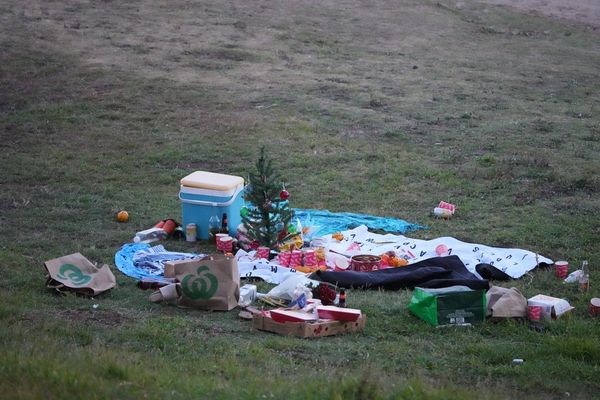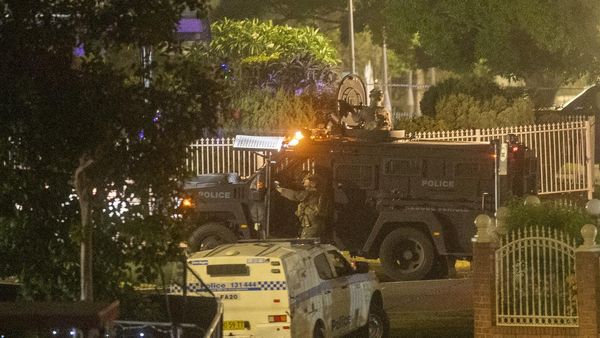
NASA is using Colorado's rugged peaks to rehearse the risky final moments of future Artemis lunar landings.
At the U.S. Army National Guard's High-Altitude Army Aviation Training Site (HAATS) in Gypsum, Colorado, astronauts are flying in military helicopters with Guard instructors to simulate the disorienting challenges of landing on the moon's complex surface, where deep craters, steep slopes and harsh lighting make navigation difficult.
That's because the Rocky Mountains provide a close match for lunar descent conditions. At altitudes between 6,500 and 14,200 feet (1,981 and 4,328 meters), helicopters are forced to operate at the edge of their limits, demanding precise control and quick decision-making. Snow, glare and dust-like whiteouts add to the difficulty, training pilots and astronauts to rely on their instruments, teamwork and communication — just as they will when landing near the moon's south pole, according to a statement from NASA.
“Over the last few years, NASA and the Army National Guard have worked closely to evaluate training procedures and landing zone areas, incorporating accounts from Apollo astronauts," NASA astronaut Doug Wheelock, who helped coordinate the training program, said in the statement. "During training flights at HAATS, astronauts can experience the visual illusions, cross-cockpit communication, and degraded visibility they may experience navigating to their landing zone near the lunar south pole. Flight training opportunities like this are vital to mission success and crew safety."
Since 2021, 22 NASA astronauts and one European Space Agency (ESA) astronaut have completed the HAATS program. Pilots Bob Hines and Raja Chari are among those who practiced managing low-visibility approaches and honing cross-cockpit communication.
The NASA-specific course, which is expected to be finalized this month, blends Apollo-era lessons with the expertise of National Guard instructors who specialize in high-altitude helicopter operations. This mountain-based training is one part of NASA's broader Artemis preparation that also includes full-motion simulators and dedicated lunar lander mockups.

"NASA is using a three-pronged approach with motion-based simulation, in-flight lunar landing analog training, and in-flight lunar simulation to build out its foundational training for Artemis moon landings," Wheelock, who helped coordinate the training program, said.
However, at HAATS, astronauts get first-hand exposure to extreme flying and landing conditions, and learn in real-time how to manage uncertainty, power limits and rapidly changing visuals during descent.
For each mission simulation, one astronaut pilots the aircraft while another charts the landing area, marking key landmarks, identifying potential hazards and helping to track the flight path. The landing zones and situations become more challenging throughout the week-long course, pushing crews to strengthen communication and practice decision-making skills they will need to land on the moon.
The first crewed Artemis lunar landing, Artemis III, is now targeted for no earlier than 2027. Until then, the rocky slopes of Colorado will continue to serve as a training ground, preparing astronauts for the daunting descent to the moon.







